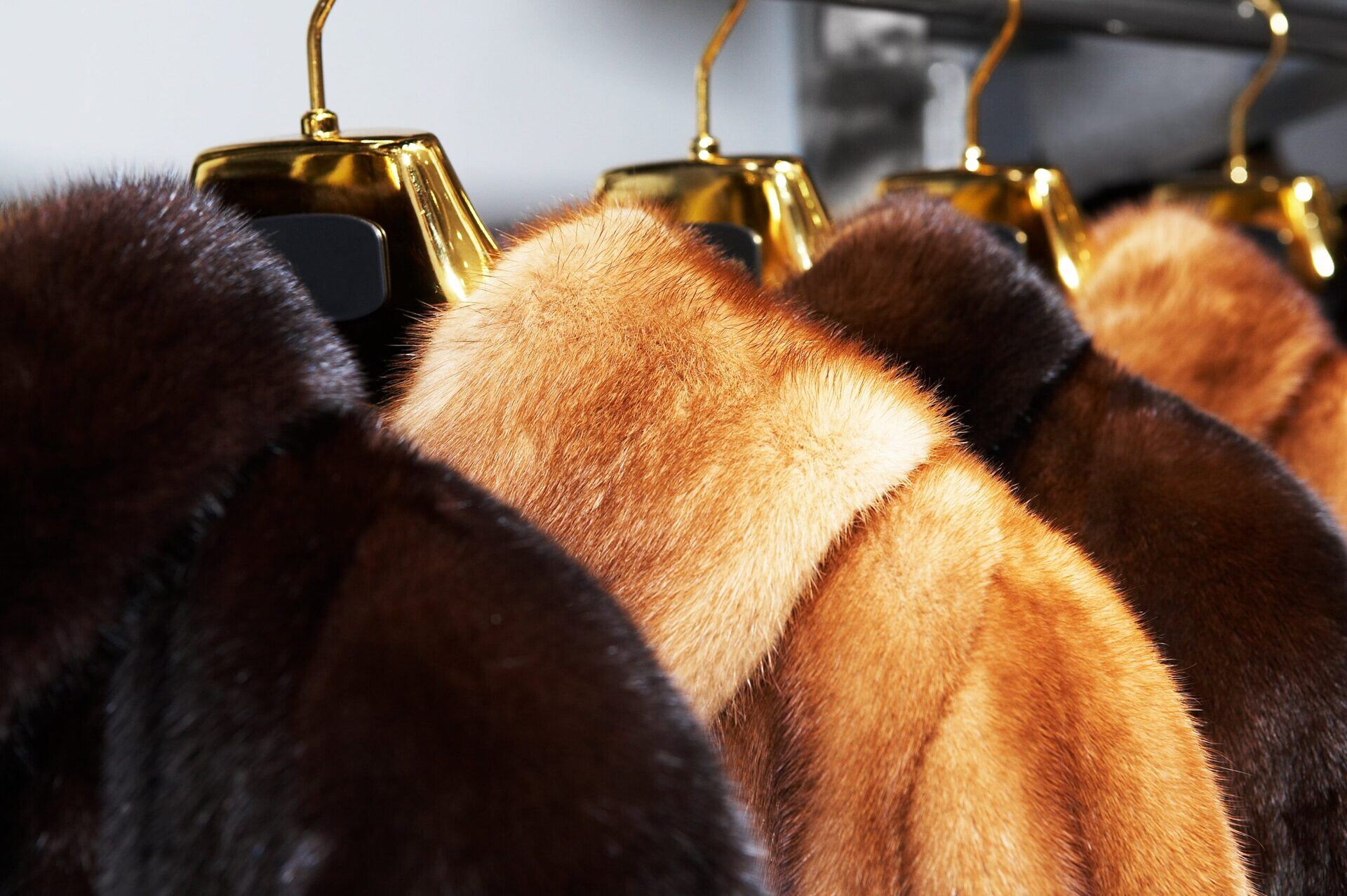

Articles
How To Store Fur Coats In Summer
Modified: January 6, 2024
Learn how to properly store fur coats during the summer with our informative articles. Find expert tips and advice to keep your fur coats in perfect condition.
(Many of the links in this article redirect to a specific reviewed product. Your purchase of these products through affiliate links helps to generate commission for Storables.com, at no extra cost. Learn more)
Introduction
As summer approaches and the temperature rises, it’s time to pack away those cozy fur coats and store them properly until the cooler weather returns. Fur coats are not only fashionable but also an expensive investment that requires special care to maintain their beauty and longevity. Improper storage can lead to damage, loss of shape, and a decrease in the fur’s overall quality. To ensure your fur coats remain in pristine condition, it’s essential to follow proper storage techniques.
In this article, we will discuss the importance of storing fur coats correctly and provide you with a comprehensive guide on how to store them during the summer months. From preparing the fur coats for storage to selecting the right storage location and maintaining the storage environment, we will cover all the necessary steps to keep your fur coats in top-notch condition.
Proper storage not only protects your fur coats from damage but also extends their lifespan, allowing you to enjoy them for years to come. So, let’s dive in and discover the best practices for storing your fur coats during the summer.
Key Takeaways:
- Proper storage of fur coats is essential to maintain their quality and longevity. From professional cleaning to choosing the right storage location, following these steps ensures your fur coats remain in pristine condition.
- Regular maintenance and inspections are crucial for preserving the beauty and lifespan of fur coats. By proactively caring for your coats and monitoring the storage environment, you can enjoy them for years to come.
Read more: How To Store A Fur Coat
Why Proper Storage is Important
Proper storage of fur coats is crucial to maintain their quality and protect them from damage. Here are a few reasons why investing time and effort into storing your fur coats properly is essential:
- Prolongs the Lifespan: Fur coats are delicate garments made from animal fur, which requires specific care to maintain its integrity. Proper storage techniques, such as keeping them in a controlled environment, prevent excessive wear and tear, preserving the fur’s natural softness and sheen. Storing fur coats improperly can lead to the fur drying out, becoming brittle, or shedding excessively, significantly reducing their lifespan.
- Prevents Moisture Damage: Fur is naturally absorbent and can be easily damaged by moisture. When exposed to high humidity or damp conditions, fur coats can become moldy or develop an unpleasant odor. By storing fur coats in a dry and ventilated environment, you can prevent moisture-related issues and ensure the longevity of your garments.
- Protects from Sunlight: Exposure to direct sunlight can cause fur coats to fade and lose their vibrancy. UV rays can be especially damaging to natural fur, resulting in discoloration and a dull appearance. Proper storage involves keeping fur coats away from direct sunlight and in a dark, cool place to maintain their original hues and luster.
- Avoids Damage from Pests and Insects: Fur coats are attractive to pests such as moths, which can cause extensive damage to the fur. Moths and other insects are particularly attracted to fur coats during the warmer months, making proper storage even more critical during the summer. By using protective coverings and storing fur coats in sealed containers, you can minimize the risk of pest infestations and protect your investment.
- Preserves Shape and Style: Improper storage, such as hanging fur coats on flimsy hangers, can lead to misshapen garments and distorted silhouettes. Storing fur coats flat or using padded hangers helps maintain their shape and structure. Preserving the original style and fit of your fur coats ensures that they look their best when you’re ready to wear them again.
By understanding the importance of proper storage and taking the necessary steps to protect your fur coats, you can ensure that they remain in excellent condition, hassle-free, and ready for use the next winter season.
Preparing the Fur Coats for Storage
Before you store your fur coats for the summer, it’s essential to prepare them properly to ensure their longevity and protection. Follow these steps to adequately prepare your fur coats for storage:
- Clean the Fur Coats: Before storing your fur coats, it’s crucial to have them professionally cleaned by a furrier. Dirt, oils, and debris accumulated during the winter can cause staining or damage if left untreated. Professional cleaning will remove any impurities and help restore the fur’s natural shine. Avoid attempting to clean fur coats yourself, as improper cleaning methods can lead to irreversible damage.
- Inspect for Damages: Thoroughly inspect each fur coat for any damages, such as tears, loose threads, or missing buttons. Address any necessary repairs before storing the coats to prevent further damage during the storage period. Consult a professional furrier if you are unsure about repairing any damages on your own.
- Remove Accessories: Take off any accessories, such as brooches, belts, or scarves, from your fur coats. These accessories can cause indentations or damage the fur during storage.
- Gently Brush the Fur: Use a soft, wide-toothed fur brush to gently remove any surface dust or debris from the fur coats. Brush in the direction of the hair to avoid any damage. This step helps to keep the fur coat clean and free from any lingering particles.
- Allow the Fur to Breathe: Before storing your fur coats, allow them to air out in a cool and ventilated space for a few hours. This allows any trapped moisture or odors to dissipate, ensuring that the coats are thoroughly dry before storage.
- Consider Professional Conditioning: If your fur coats are older or have shown signs of drying out, it may be beneficial to have them professionally conditioned. Fur conditioning restores moisture to the fur, keeping it supple and soft. Consult a furrier for recommendations on conditioning products best-suited for your particular type of fur.
By following these steps, you can ensure that your fur coats are in optimal condition before storing them for the summer. Proper preparation sets the foundation for effective storage and helps preserve the quality and beauty of your fur coats.
Choosing the Right Storage Location
When it comes to storing your fur coats during the summer months, selecting the right storage location is crucial. Here are some factors to consider when choosing the ideal storage spot:
- Temperature and Humidity: Fur coats require a cool and dry environment to prevent damage. The storage location should have a consistent temperature of around 50°F to 60°F (10°C to 15°C) and a humidity level of 50% to 55%. Avoid storing fur coats in areas prone to extreme temperature fluctuations or high humidity such as basements, attics, or garages.
- Avoid Sunlight Exposure: Direct sunlight can cause fur coats to fade and lose their luster. Choose a storage area away from windows or other sources of natural light to protect your fur coats from UV radiation. If the storage space doesn’t have complete darkness, consider using protective coverings to shield the coats from light exposure.
- Proper Ventilation: Ensure that the storage location has adequate ventilation to prevent trapped moisture and musty odors. Good airflow helps maintain a dry environment and minimizes the risk of mold or mildew formation. Avoid storing fur coats in airtight containers, which can trap moisture and lead to damage.
- Protection from Pests: Choose a storage area that is well-protected against pests such as moths and insects. These pests can cause significant damage to fur coats. Consider using mothballs or cedar chips as natural deterrents to keep pests away. However, be cautious as direct contact with fur can cause damage, so use these deterrents sparingly and keep them away from the fur coats.
- Accessibility: While it’s important to store your fur coats in a safe location, make sure it is still accessible when needed. Opt for a storage area that allows easy retrieval of your coats without having to move heavy objects or navigate through cluttered spaces.
- Security: Choose a storage location that provides adequate security to protect your valuable fur coats. Whether it’s a locked closet or a secure storage facility, ensure that your coats are stored in a place where they are safe from theft or unauthorized access.
By considering these factors and finding the right storage location, you can provide an optimal environment for your fur coats, prolonging their lifespan and ensuring they remain in pristine condition.
Cleaning the Fur Coats
Before storing your fur coats for the summer, it’s essential to ensure they are thoroughly cleaned. Cleaning not only removes dirt and debris but also helps maintain the fur’s natural beauty and texture. Here are some key points to keep in mind when cleaning your fur coats:
- Professional Cleaning: It’s highly recommended to have your fur coats professionally cleaned by a furrier. Fur cleaning requires specialized knowledge and techniques to ensure the fur’s integrity is preserved. Professional cleaners have the necessary equipment and expertise to remove dirt, oils, and stains without damaging the fur.
- Avoid Home Cleaning: Attempting to clean fur coats at home can result in irreversible damage. Fur is delicate and requires specific care. Home cleaning methods, such as washing machines, dryers, or chemicals, can cause the fur to mat, lose its luster, or become damaged. Always defer to professional cleaners who specialize in fur garments.
- Removing Surface Debris: Before sending your fur coats for professional cleaning, gently remove any loose surface debris using a soft, wide-toothed fur brush. Brush in the direction of the hair to avoid tangling or damaging the fur. This step helps prepare the coats for a more thorough cleaning process.
- Specialized Fur Cleaning: Professional fur cleaners use techniques specifically designed for fur garments. This may include a process called glazing, which restores and enhances the fur’s natural shine and softness. They will also examine the coats for any hidden damages and address them appropriately.
- Timing of Cleaning: It’s recommended to have your fur coats cleaned at the end of the winter season, just before storing them for the summer. This ensures that any dirt, sweat, or odors accumulated during wear are removed, helping your fur coats stay fresh and in optimal condition during storage.
Remember, the expertise of professional cleaners is crucial for maintaining the quality and appearance of your fur coats. Avoid taking any risks by attempting to clean the coats yourself. Trusting professionals ensures that your fur coats receive the proper cleaning treatment they deserve.
Store fur coats in a cool, dark place with good air circulation to prevent drying out. Avoid plastic bags, as they can trap moisture and cause mold. Use a breathable garment bag instead.
Read more: How To Store A Fur Coat At Home
Using Protective Coverings
Protective coverings play a crucial role in safeguarding your fur coats during storage. They provide an additional layer of protection against dust, moisture, and potential damage. Here are some tips on using protective coverings for your fur coats:
- Breathable Covers: Choose covers made from breathable materials, such as cotton or muslin fabric. These materials allow air to circulate around the fur coats, preventing moisture build-up and keeping the fur in good condition. Avoid using plastic or vinyl covers, as they can trap moisture and lead to the growth of mold or mildew.
- Full-Length Covers: Opt for covers that fully envelop the fur coats, providing complete protection from dust and light exposure. Full-length covers also help prevent any accidental snags or damage to the fur during storage.
- Hooded Covers: Consider using covers with built-in hoods to protect the fur coats’ delicate collar and shoulder areas. The hood provides additional coverage and shields these areas from potential damage or wear.
- Secure Closures: Choose covers with secure closures, such as zippers or Velcro, to keep the fur coats properly sealed and protected. Ensure that the closures are gentle and do not come into direct contact with the fur, as they may cause damage. Avoid using covers with metal or sharp closures that could snag or puncture the fur.
- Avoid Compression: When using covers, avoid compressing or squishing the fur coats. Allow enough space for the fur to breathe and maintain its natural shape. Compression can lead to flattened fur and loss of volume, affecting the overall appearance of the coats.
- Labeling: Consider labeling your covers or using color-coded covers to easily identify specific fur coats. This makes it convenient to locate the desired coat without having to disturb the others during storage.
- Store Coats Upright: If you choose to store your fur coats in a hanging position, select covers that allow the coats to hang freely without exerting pressure on the shoulders. This helps maintain the coat’s shape and prevents any creasing or stretching.
- Regular Ventilation: Periodically remove the covers and allow the fur coats to air out in a well-ventilated area. This helps prevent any potential moisture build-up or odors from being trapped inside the covers.
Using proper protective coverings ensures that your fur coats are shielded from potential damage and remain in excellent condition during the storage period. Take the time to choose the right covers and follow these guidelines for optimal protection.
Hanging or Folding the Fur Coats
Deciding whether to hang or fold your fur coats during storage depends on various factors, including the available storage space and the type of fur. Here are some points to consider when choosing between hanging or folding:
- Hanging: Hanging fur coats is the preferred method for long-term storage. It helps maintain the shape and prevent any creasing or wrinkling. If you have enough space in your storage area, hang the coats on padded hangers to provide proper support to the shoulders and preserve their silhouette. Avoid using wire hangers, as they can deform the shoulders and lead to permanent damage.
- Using Coat Bags: To further protect fur coats that are hanging, consider using breathable garment bags. These bags help shield the coats from dust and light exposure while ensuring proper ventilation. Make sure the bags are large enough to accommodate the entire coat without compressing it.
- Folding: Folding fur coats may be necessary if you have limited hanging space or if the coats are made from delicate or fragile fur. When folding, avoid creasing the fur or placing excessive pressure on any particular area. Gently fold the coat in half lengthwise, ensuring that the fur remains smooth and undisturbed. Layer a sheet of acid-free tissue paper between the folds to prevent any friction and minimize the risk of damage.
- Padding: Whether hanging or folding, it is essential to use appropriate padding to support the fur coats. This helps maintain their shape and prevents any unnatural stretching or flattening. Padded hangers, especially those designed specifically for fur coats, are ideal for hanging storage. If folding, consider using acid-free tissue paper or clean, white cotton sheets to provide cushioning and support. Avoid using colored or printed materials, as the dyes may transfer onto the fur.
- Separate Storage: Whether you choose to hang or fold your fur coats, it’s important to store them separately. Avoid packing multiple coats tightly together, as this can lead to friction and potential damage. Each coat should have enough space to breathe and maintain its natural shape.
- Regular Inspection: Regardless of how you store your fur coats, it’s crucial to periodically inspect them for any signs of damage or pest infestation. Regularly unfold or remove the coats from hangers to check for any abnormalities. This ensures that any issues are caught early, allowing for timely repairs or treatments.
Ultimately, the choice between hanging or folding depends on your specific circumstances and the needs of your fur coats. Consider the available storage space, the type of fur, and personal preferences while making this decision. Proper storage, whether hanging or folding, ensures that your fur coats remain in top condition and ready to wear when the colder weather returns.
Monitoring the Storage Environment
Maintaining a suitable storage environment is essential to preserve the quality of your fur coats during the summer months. Monitoring the storage environment helps ensure that the conditions remain optimal. Here are some key aspects to consider when monitoring the storage environment:
- Temperature and Humidity: Regularly monitor the temperature and humidity levels in the storage area. Use a digital thermometer and hygrometer to accurately measure these parameters. The ideal temperature for fur coat storage is around 50°F to 60°F (10°C to 15°C), while the humidity should be kept at approximately 50% to 55%. Drastic fluctuations in temperature and humidity can cause damage to the fur, so it’s important to maintain a stable environment.
- Thermostat Maintenance: Check that the storage area’s thermostat is functioning properly to ensure consistent temperature regulation. If necessary, consult a professional to calibrate or repair the thermostat to maintain an optimal storage climate for your fur coats.
- Air Circulation: Ensure that there is proper air circulation in the storage area to prevent the build-up of stagnant air and excessive moisture. Good airflow helps maintain a dry environment and reduces the risk of mold or mildew formation. Use fans or dehumidifiers if needed to improve air circulation and control humidity levels.
- Light Exposure: Monitor the storage area for any potential light exposure. Even minimal amounts of light can damage fur coats and cause fading. Ensure that the coats are stored in a dark or dimly lit space. If there is unavoidable light exposure, use opaque covers to shield the coats from direct light.
- Pest Control: Regularly inspect the storage area for signs of pests such as moths or insects. Check for any holes, webs, or droppings that could indicate an infestation. If detected, take immediate action to eliminate the pests by using appropriate pest control methods or consulting a professional exterminator.
- Regular Maintenance: Conduct regular checks on the storage area and the fur coats themselves. Look for any signs of damage, such as tears, loose seams, or shedding. Inspect the covers, hangers, and padding to ensure they are in good condition and free from any potential sources of damage or contamination.
- Temperature and Humidity Monitoring Devices: Consider utilizing temperature and humidity monitoring devices or smart sensors that provide real-time data on the storage environment. These devices can help you detect any fluctuations or anomalies, allowing you to take immediate action to rectify any issues.
By actively monitoring the storage environment, you can ensure that the conditions remain optimal for your fur coats. Regular checks and maintenance help prevent potential damage and allow for timely interventions to preserve the quality and beauty of your cherished fur garments.
Regular Maintenance and Inspection
Regular maintenance and inspections are essential to ensure the ongoing health and longevity of your fur coats. By regularly caring for and inspecting your coats, you can catch any issues early on and take the necessary steps to address them. Here are some key maintenance and inspection practices to incorporate into your routine:
- Professional Furrier Inspections: Schedule regular inspections with a professional furrier to assess the condition of your fur coats. A furrier can identify any signs of wear, damage, or matting that may require attention. They can also provide expert advice on maintenance, repairs, or any necessary treatments.
- Visual Inspections: Conduct visual inspections of your fur coats on a regular basis. Look for any signs of shedding, discoloration, or changes in texture. Inspect the seams, closures, and lining for any loose threads or weaknesses. Pay close attention to high-stress areas such as the shoulders and cuffs, as they are more prone to wear and tear.
- Brushing: Regularly brush your fur coats with a soft, wide-toothed fur brush to remove surface dust and maintain the fur’s natural appearance. Brushing helps prevent matting and keeps the fur looking luxurious. Always brush in the direction of the hair to avoid damaging or tangling the fur.
- Handle with Care: When handling your fur coats, be gentle and avoid unnecessary roughness. Refrain from pulling or tugging on the fur, as it can cause damage or loosen the hairs. Be mindful of any accessories, such as jewelry or handbags, that can potentially snag or scratch the fur.
- Storage Rotation: Periodically rotate the position of your fur coats in the storage area. This prevents prolonged pressure on specific areas and helps maintain their shape. It also allows for better air circulation and minimizes the risk of mold or mildew formation.
- Addressing Repairs Promptly: If you notice any damages or issues during your inspections, take prompt action to address them. Whether it’s a loose thread, a small tear, or a damaged closure, seek the assistance of a professional furrier or seamstress to complete the necessary repairs. Delaying repairs can lead to further damage or worsen the condition of the coat.
- Proper Storage: Follow the proper storage techniques outlined in this article to ensure your fur coats are stored in an optimal environment. Regularly inspect the storage area for any signs of pests, moisture, or light exposure. Check on the condition of the covers, hangers, and padding to ensure they are intact and functioning as intended.
By incorporating regular maintenance and inspections into your fur coat care routine, you can proactively address any issues and maintain the coats in excellent condition. Regular care and attention will help ensure you can enjoy your fur coats for years to come.
Read more: How To Store Fur Coats At Home
Conclusion
Proper storage of fur coats during the summer months is crucial for maintaining their beauty, longevity, and overall quality. By following the steps outlined in this article, you can ensure that your fur coats remain in pristine condition until it’s time to bring them out again for the colder weather. Here’s a recap of the key points to remember:
First and foremost, prepare your fur coats for storage by having them professionally cleaned and inspected by a furrier. Remove any accessories and gently brush the fur to remove surface debris. Allow the coats to air out before storing them.
Choose the right storage location, ensuring it is cool, dry, and protected from sunlight. Maintain proper ventilation and take measures to prevent pest infestations.
Use protective coverings made from breathable materials to shield the fur coats from dust and light exposure. Hang the coats on padded hangers or fold them carefully, using appropriate padding to support the fur.
Monitor the storage environment, including temperature, humidity, and air circulation. Regularly inspect the coats for any signs of damage or pests. Seek professional assistance for repairs or treatments as needed.
Engaging in regular maintenance and inspections will help you catch any issues early on and take necessary action. Schedule regular visits to a furrier to ensure the coats are in optimal condition.
In conclusion, proper storage and maintenance are key to preserving the quality, appearance, and longevity of your fur coats. By investing time and effort in these practices, you can enjoy your fur coats for years to come, ensuring they remain luxurious and ready to adorn you with warmth and style when the colder seasons return.
Frequently Asked Questions about How To Store Fur Coats In Summer
Was this page helpful?
At Storables.com, we guarantee accurate and reliable information. Our content, validated by Expert Board Contributors, is crafted following stringent Editorial Policies. We're committed to providing you with well-researched, expert-backed insights for all your informational needs.
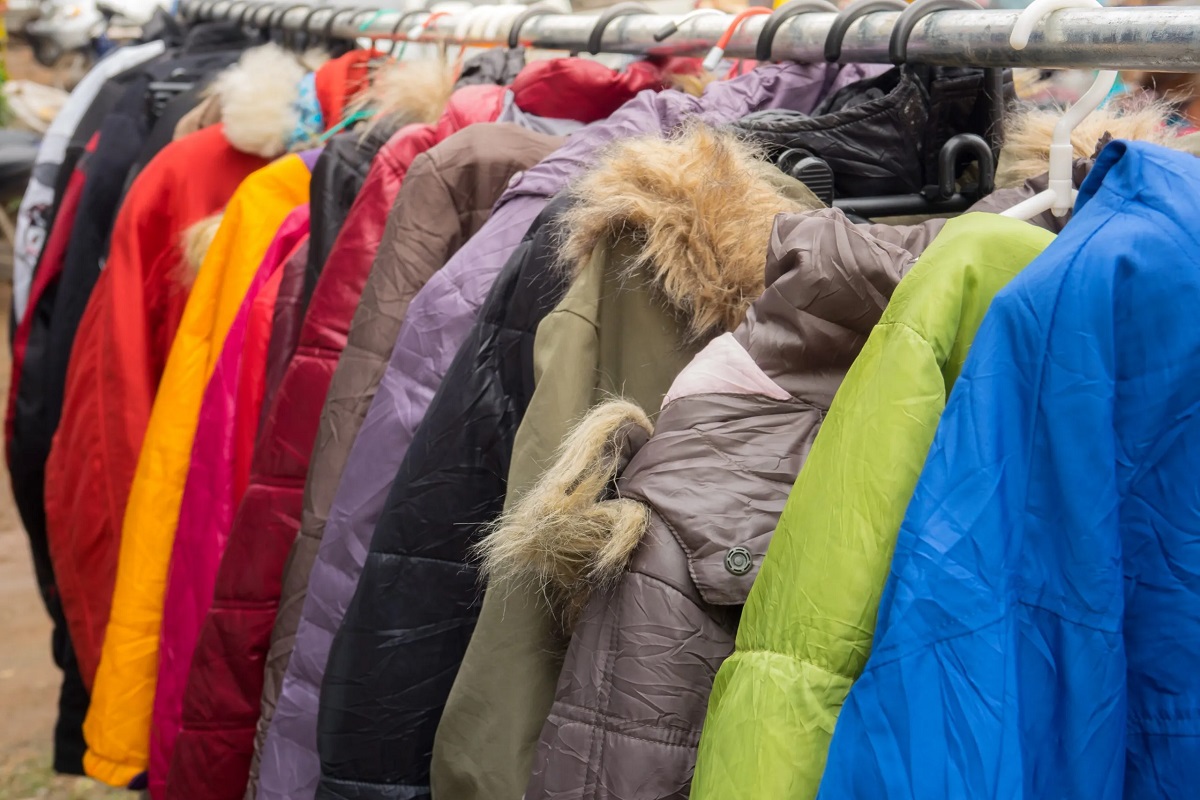
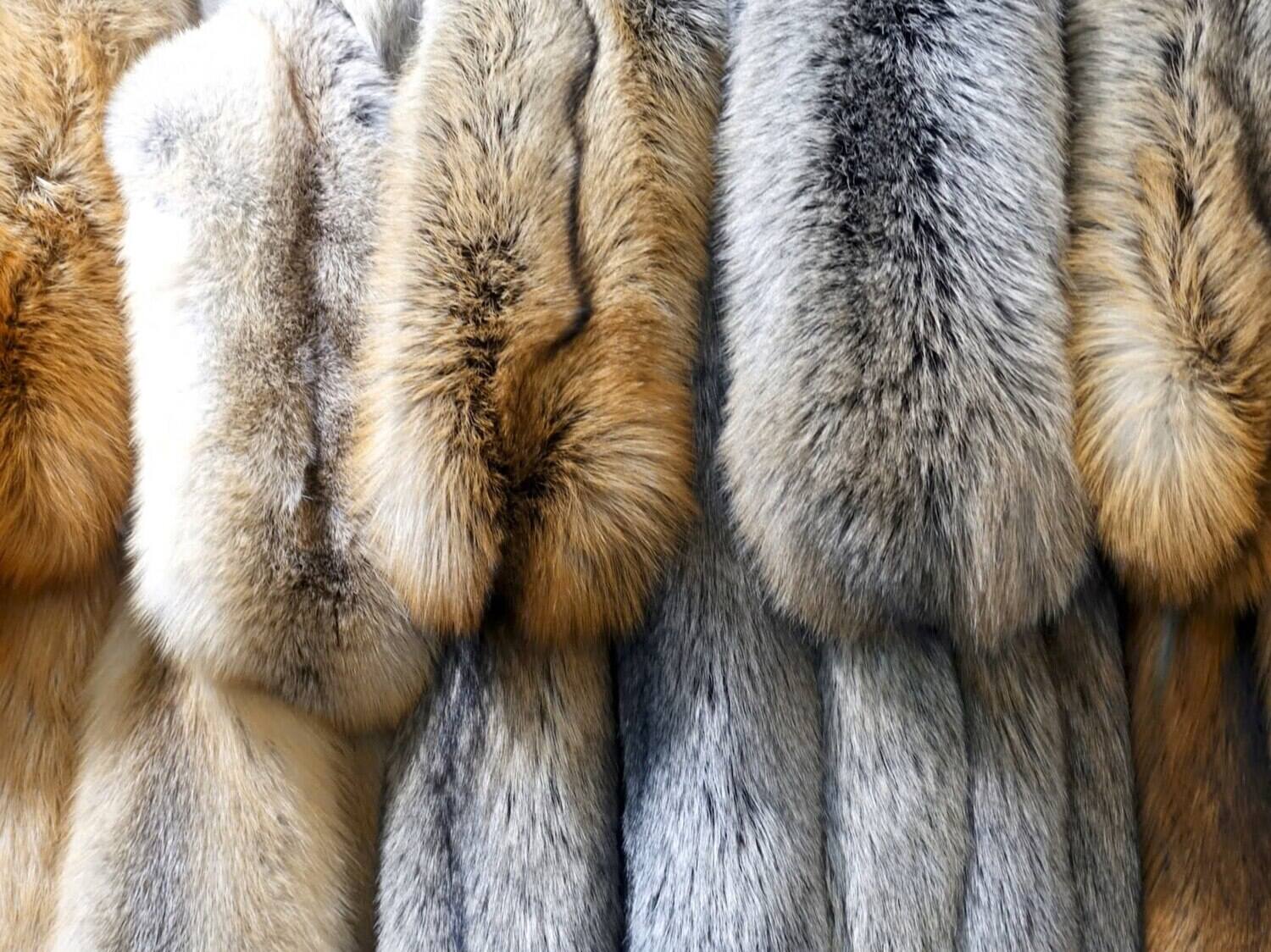
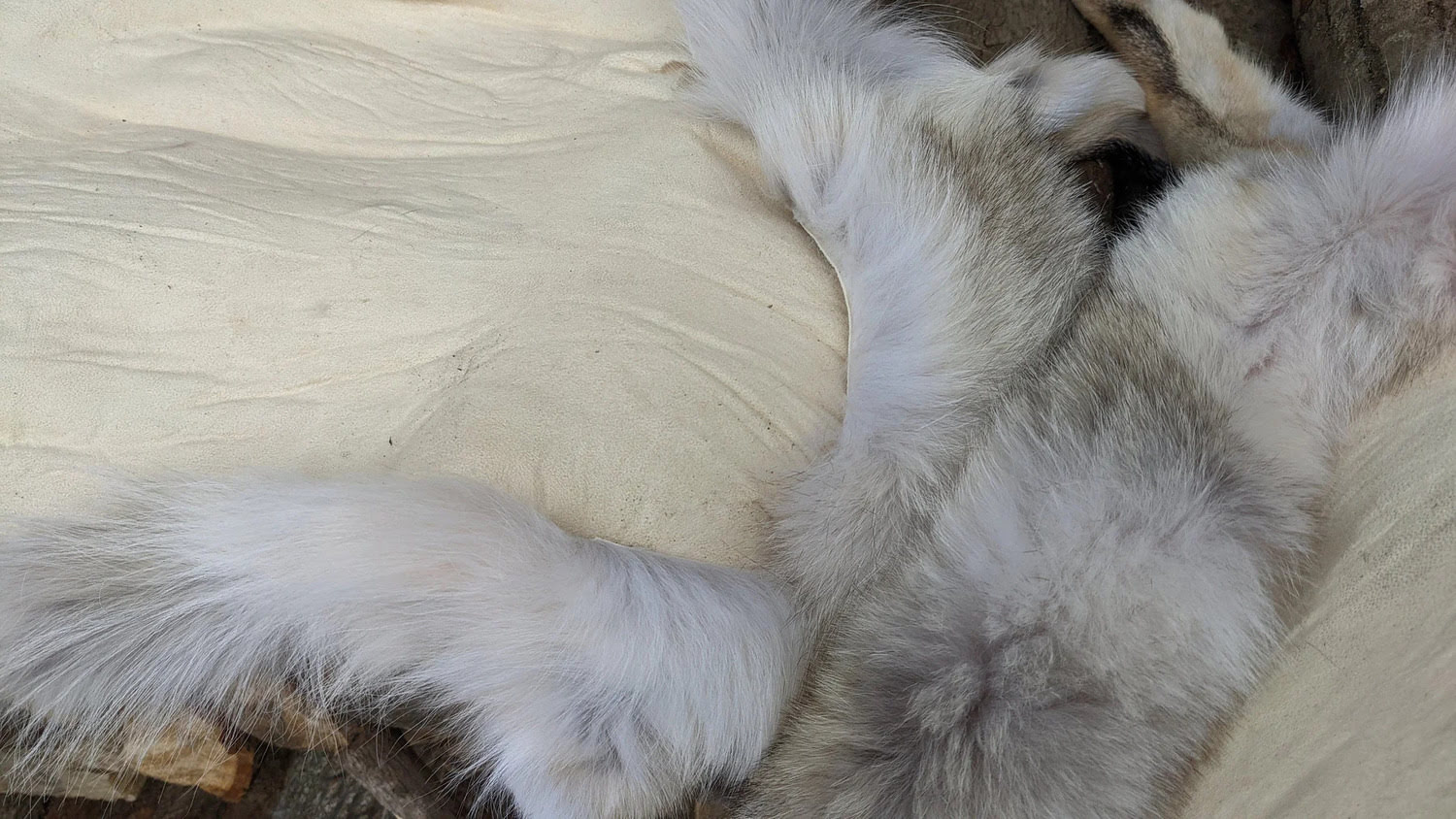
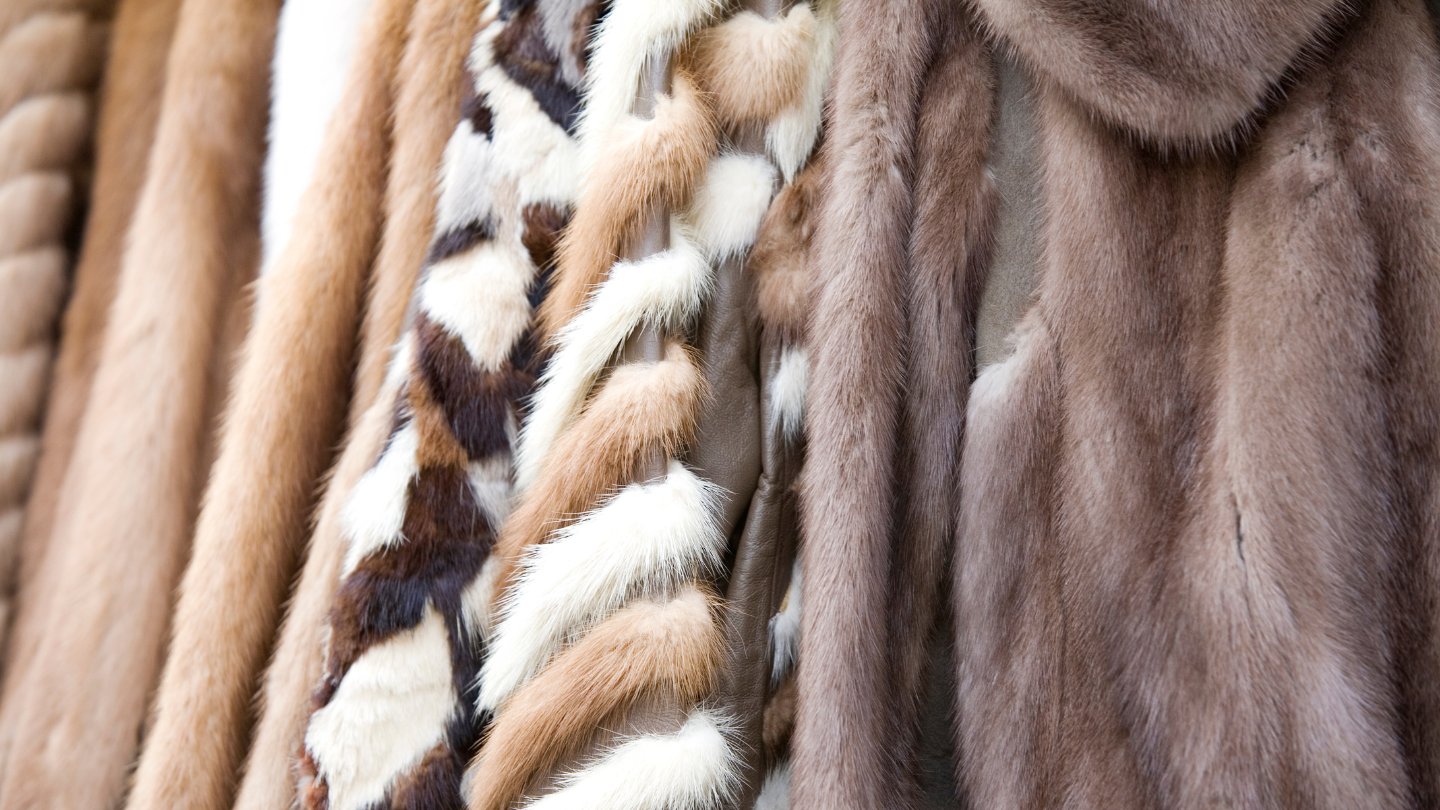
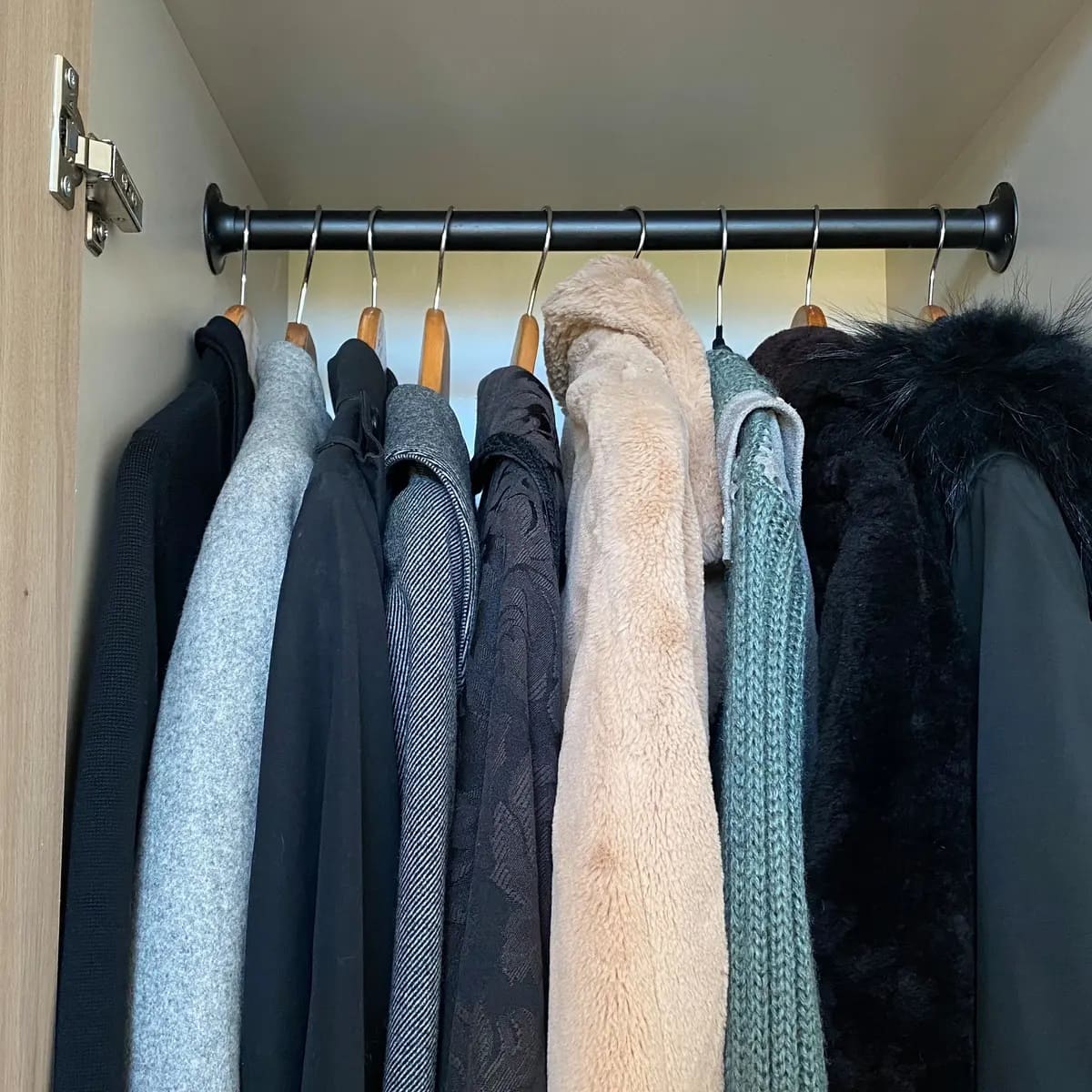
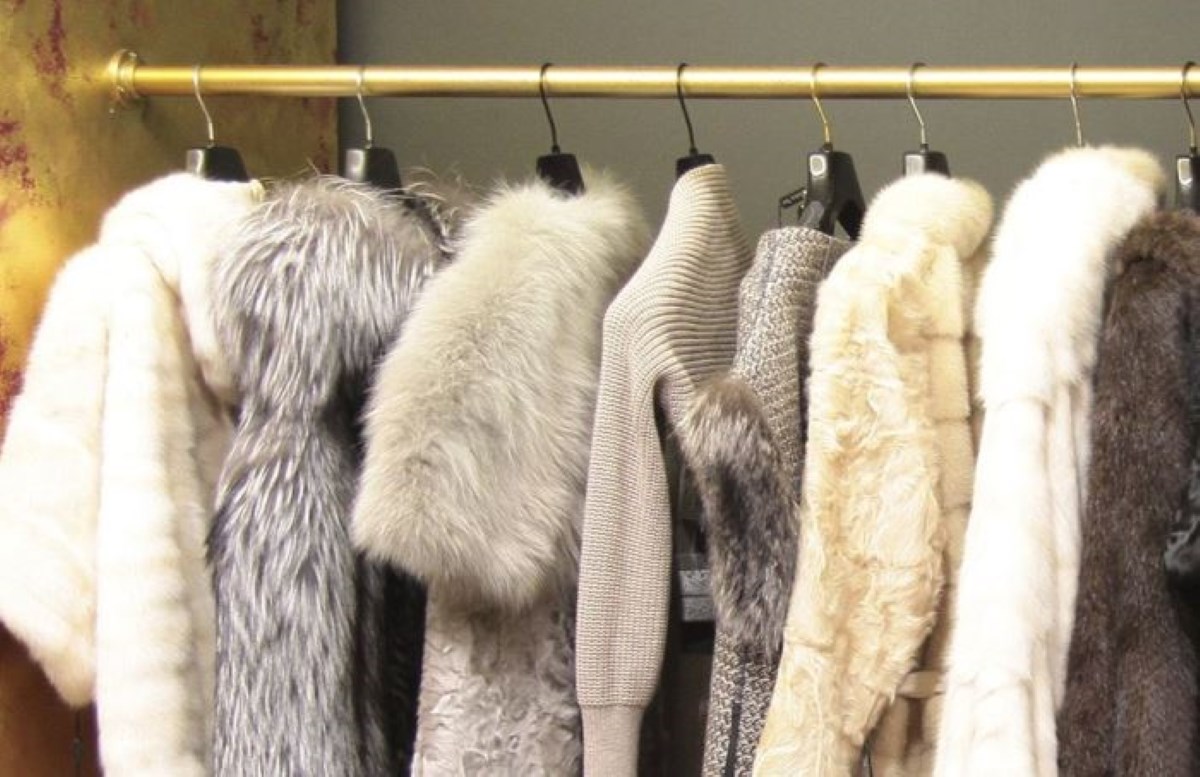

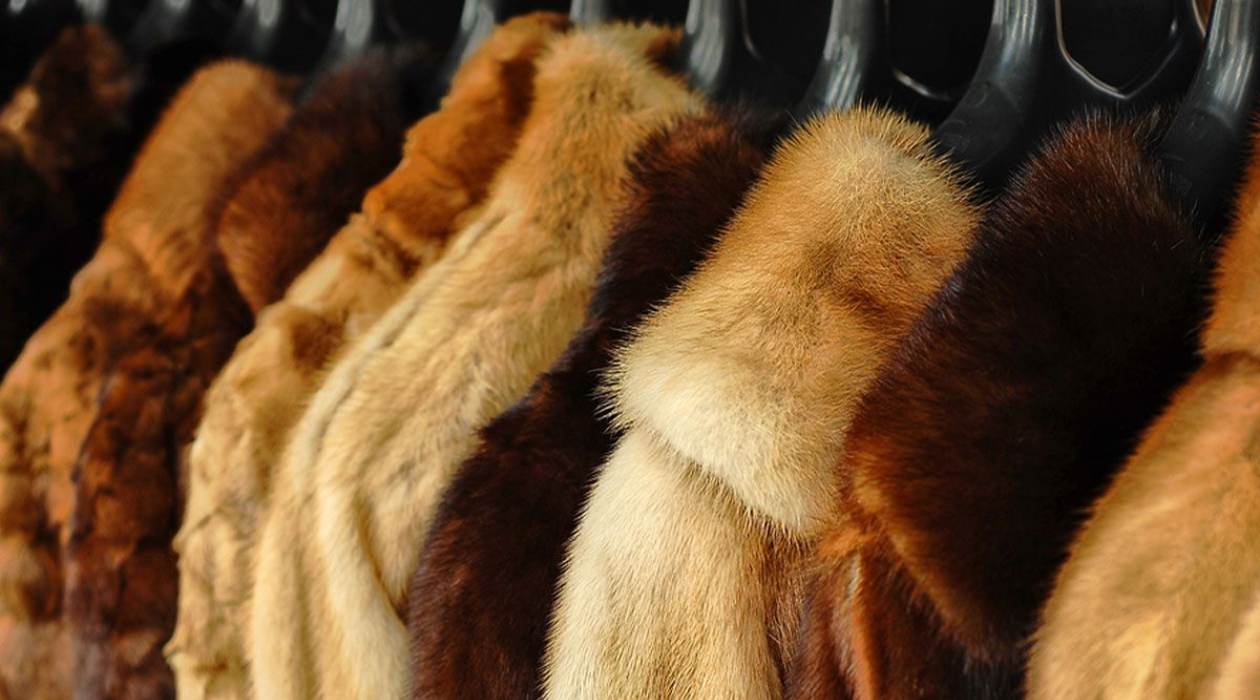




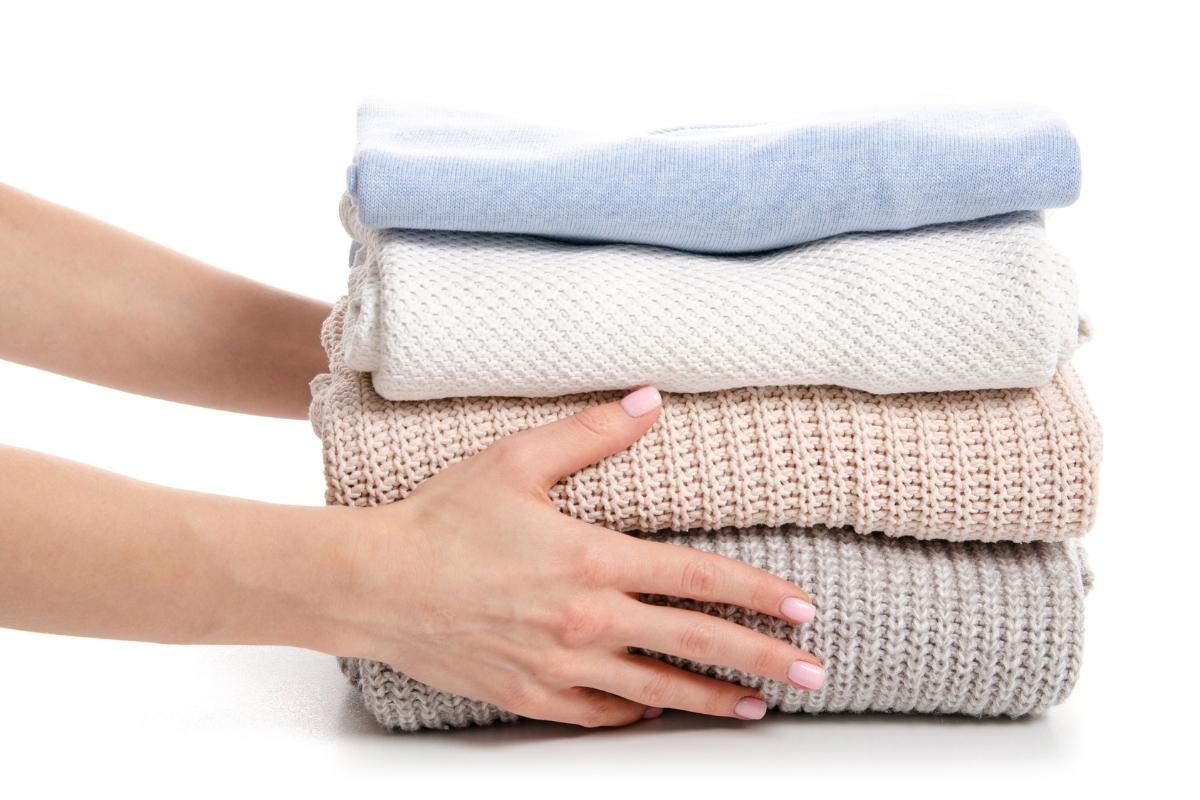

0 thoughts on “How To Store Fur Coats In Summer”